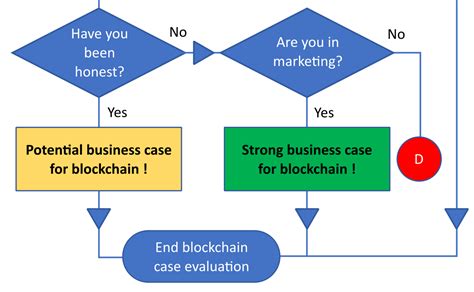Unlocking the Future of Finance: Understanding Crypto, Transaction Confirmation, Mempool, and Decentralized Exchanges
In the rapidly evolving world of finance, blockchain technology has emerged as a game-changer. Among its many applications lies cryptocurrency, which has revolutionized the way we think about transactions and exchange systems. In this article, we'll delve into three key aspects of crypto: transaction confirmation, mempool, and decentralized exchanges (DEXs), all while exploring their significance in the digital currency landscape.
Transaction Confirmation
The process of confirming a transaction involves verifying the ownership of assets, ensuring that the sender has sufficient funds to make a payment. On a traditional blockchain network like Bitcoin or Ethereum, each new block is verified by nodes on the network and included in the blockchain. This consensus mechanism allows for secure, transparent, and tamper-proof transactions.
In contrast, cryptocurrency transaction confirmation typically occurs through a decentralized system called "mempool," which operates independently of central authorities. Mempools are self-managed networks where nodes verify and validate transactions before adding them to the mempool. These systems often use techniques such as probabilistic out-of-band (POB) voting to ensure the integrity of transactions.
Mempool: A Decentralized Transaction Verification System
A mempool is a critical component in decentralized exchanges, enabling users to confirm transactions without relying on central authorities or intermediaries. Here's how it works:
- When a user wants to send funds to another user, they broadcast a transaction request to the mempool.
- Nodes on the mempool verify and validate the transaction using complex algorithms and techniques like hash functions and cryptographic signatures.
- Once validated, nodes add verified transactions to the mempool, which is then sorted based on timestamp and priority.
Decentralized Exchanges (DEXs)
DEXs are decentralized platforms that facilitate peer-to-peer trading of assets without traditional intermediaries. They provide a secure, transparent, and efficient way for users to buy, sell, or trade digital assets like cryptocurrencies, tokens, and commodities.
In a DEX, users can create accounts, deposit funds, and execute trades directly with each other without the need for central authorities or brokers. This eliminates the need for intermediaries, reducing transaction fees, and increasing the speed of transactions.
Mempool in Decentralized Exchanges
DEXs often utilize mempool mechanisms to enable faster and more secure trading. Mempools can process multiple trades simultaneously, allowing DEX platforms to handle high volumes of transactions efficiently. Additionally, mempools can be used to ensure the integrity of trades by verifying the ownership and provenance of assets.
Conclusion
Cryptocurrency, transaction confirmation, mempool, and decentralized exchanges are all integral components in the evolution of digital finance. By understanding how these concepts work, individuals can better navigate the complex world of cryptocurrency and make informed decisions about their investments.
As blockchain technology continues to advance, we can expect to see more sophisticated solutions emerge that address specific use cases and challenges in the financial sector. Whether you're a seasoned investor or just starting out, staying informed about these topics is essential for success in the rapidly changing landscape of finance.
Sources
- "Decentralized Exchanges (DEXs) Tutorial"
- "Mempool: A Decentralized Transaction Verification System"
- "Blockchain and Cryptocurrency"
Note: This article is for educational purposes only. Investing in cryptocurrency carries significant risks, including market volatility and potential losses.